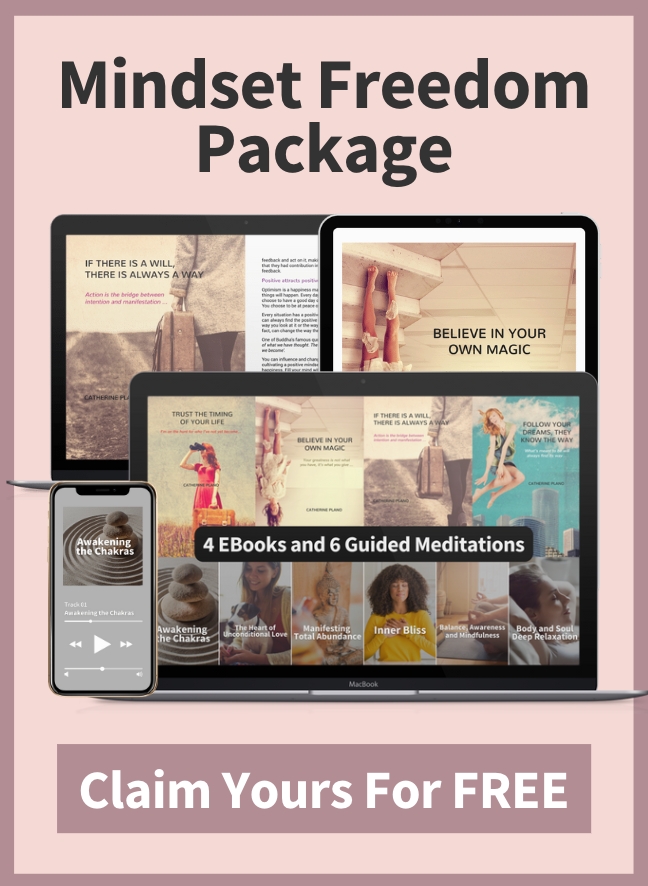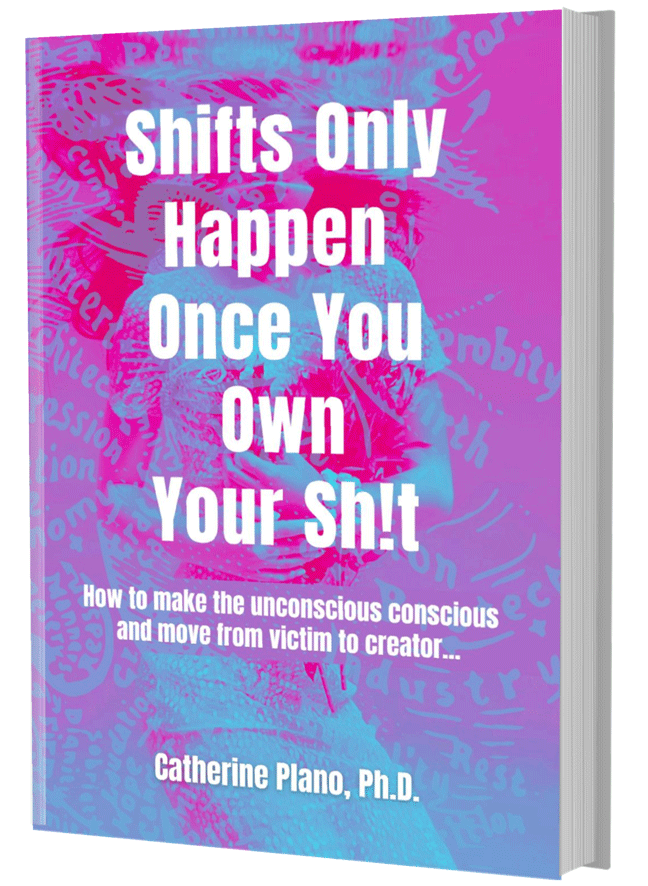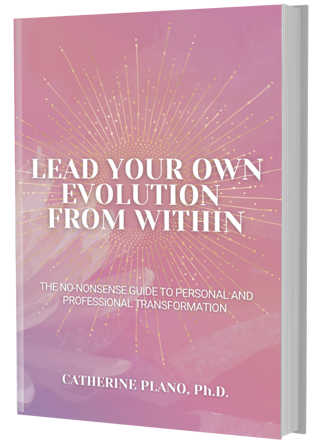Have you ever heard the quote: “Dance is a way to find yourself and lose yourself at the same time”?
I suppose that now you’re wondering what on earth a quote about dancing has to do with emotion. We’ll get to that, but first you need to know this. Every thought we have is accompanied by an emotion. Yep. Every. Single. One.
In fact, some of the most addictive emotional states are:
- Unworthiness
- Anger
- Fear
- Shame
- Self-doubt
- Guilt
Most of us carry these feelings around all the time. Not only is that kind of negative self-talk exhausting, it’s totally counter-productive to living our best lives. In fact, for some people these emotions can be so strong that they almost become self-fulfilling prophesies. If you don’t think you’re worthy of that promotion at work, then chances are you’re giving off that vibe to your boss who is now starting to doubt whether you could handle it, even though you’re totally capable in every other respect.
The good news is that these emotional states can be changed. In order to make a real lasting change, we need to believe wholeheartedly that we can and trust in ourselves completely.
Basically, to make effective, permanent change, we need to back ourselves 100%. Can you do this?
Emotions are usually caused by triggers
Making lasting change requires us to break these emotional states down into bite-sized chunks. And then, once we understand the emotional triggers in our lives, we are able to reverse engineer the whole process and get to the root of everything that holds us back. If we don’t make the necessary changes at the source, then we can only make superficial change – and this kind of change is only temporary.
Emotions – particularly those that appear to us as ‘instinctive’ and which are often negative, are usually caused by triggers.
For example:
- My children are misbehaving so I get angry and start yelling at them
- I am stuck in peak hour traffic and I may be late for work, I begin to feel stressed
- My Doctor has ordered some blood tests. I am very nervous – I have catastrophic thoughts about my health and I can’t focus on anything else.
How we feel affects how we act
There is a strong link between the way we feel and the way we act, or react. Often behaviour is unconscious and therefore we are not aware of it until we examine ourselves very closely. Or… until we get independent feedback from someone who can helps us to shed light on our blind spots.
For example, if you feel frustrated, your behaviour might be to yell and scream. As a result of this behaviour your guilt might set in and then you find yourself overspending on your children or your spouse or yourself to overcome your guilt about the way you behaved when you were feeling frustrated. You see how this then has the potential to become a vicious cycle? This is a trap that becomes almost impossible for all parties involved to free themselves of, because they get used to ‘relating’ in this way? This is just one example of how relationships can then go from being open and honest and rewarding to highly reactive, volatile and dysfunctional.
When we are in a highly emotional state, we can unconsciously magnify, jump to conclusions or blame others. In order to avoid this highly charged and over-stimulated emotional behaviour that’s rash and often harmful, we need to become more conscious of our thoughts and feelings and how we communicate to ourselves.
It is possible, depending on its focus, for the mind to distort, delete or generalise information to align with our negative and limiting beliefs.
Give your emotions a daily workout
Working with your emotions on a daily basis is one way that you can begin to regulate them and harness their power, using them as a guide or roadmap to help you navigate the changes you want to make in your life. Sounds simple, doesn’t it? But you’d be surprised. We live in such a fast-paced environment that many of us have difficulty finding time for self-reflection.
So, here’s the challenge…
Spend five minutes a day with yourself. Go somewhere quiet, where you won’t be disturbed. Evaluate. Go over the problem, situation or thought in your mind. Be still and listen to yourself. Take your journal and check in – breathe, spend a moment looking at your day, the events that transpired, the people you met, and most importantly – objectively think about how you responded to these and what you felt when you were ‘in the moment.’ Think about things that gave you heightened emotions – that is, those things that made you angry, sad, disappointed. Why? Writing out your emotions in this way helps give you insight into where and why they are present. It also helps you to distinguish between similar feelings like anger and frustration. Knowing the difference is key.
Take your emotions dancing
I’m a visual person so I like to make analogies. When emotions come up for me here’s what I do. In my head I put on my dancing shoes, I turn up the stereo and I take those emotions out on the dance floor. I hold them tight and I ask them three questions:
- Why are you here?
- What am I to learn from you?
- What do I do with you?
Emotions need to be acknowledged. If you ignore them or repress them they just come back … with a vengeance! But when I take them dancing, I am welcoming their presence. I am able to observe them objectively from all sides, as they twirl and whirl with me. I am able to spotlight, confront and challenge… and I am able to separate myself from the emotion, which is possibly the most important thing of all because it allows me to find perspective.
There are numerous benefits of doing this particular exercise on a daily basis:
- It will impact your wellbeing
- It will help you ‘tune into’ your feelings
- It will help create connection to the ‘self’ – aligning the heart and the mind
- It will help unblock stagnant emotional energy that could be causing pain or even disease in your body.
Once you start to move the stale energy that is blocked in your body, you’ll sense a cognitive shift that takes place too. This is the beginning of the wonderful change process that is happening within you and by being present, ensuring that this work you’re doing with your emotions has your full Intention and Attention, you can start to change your bad habits and move forward in a more positive direction – one that makes you feel like dancing. Every. Single. Day.





